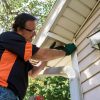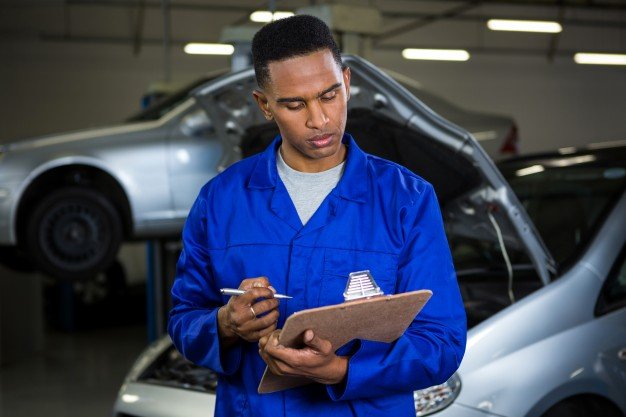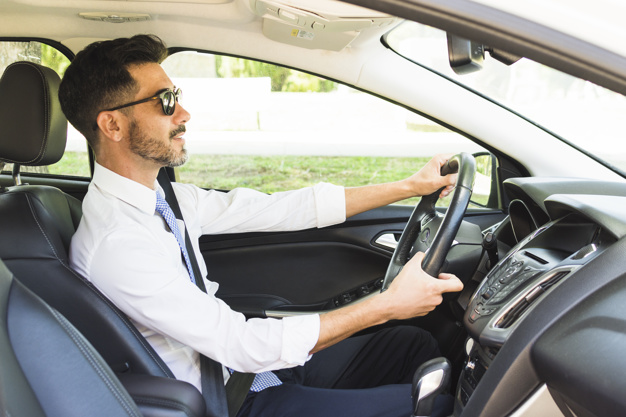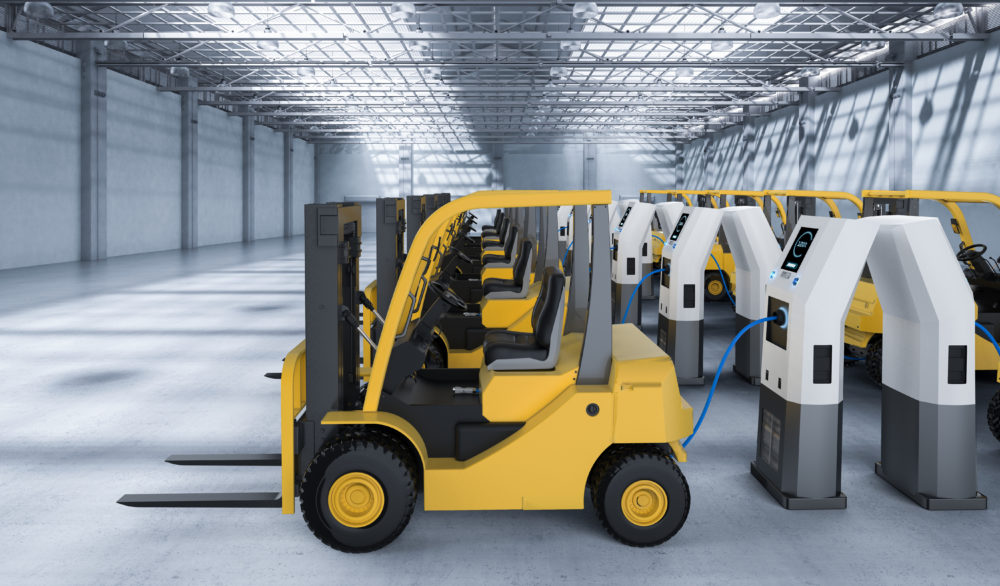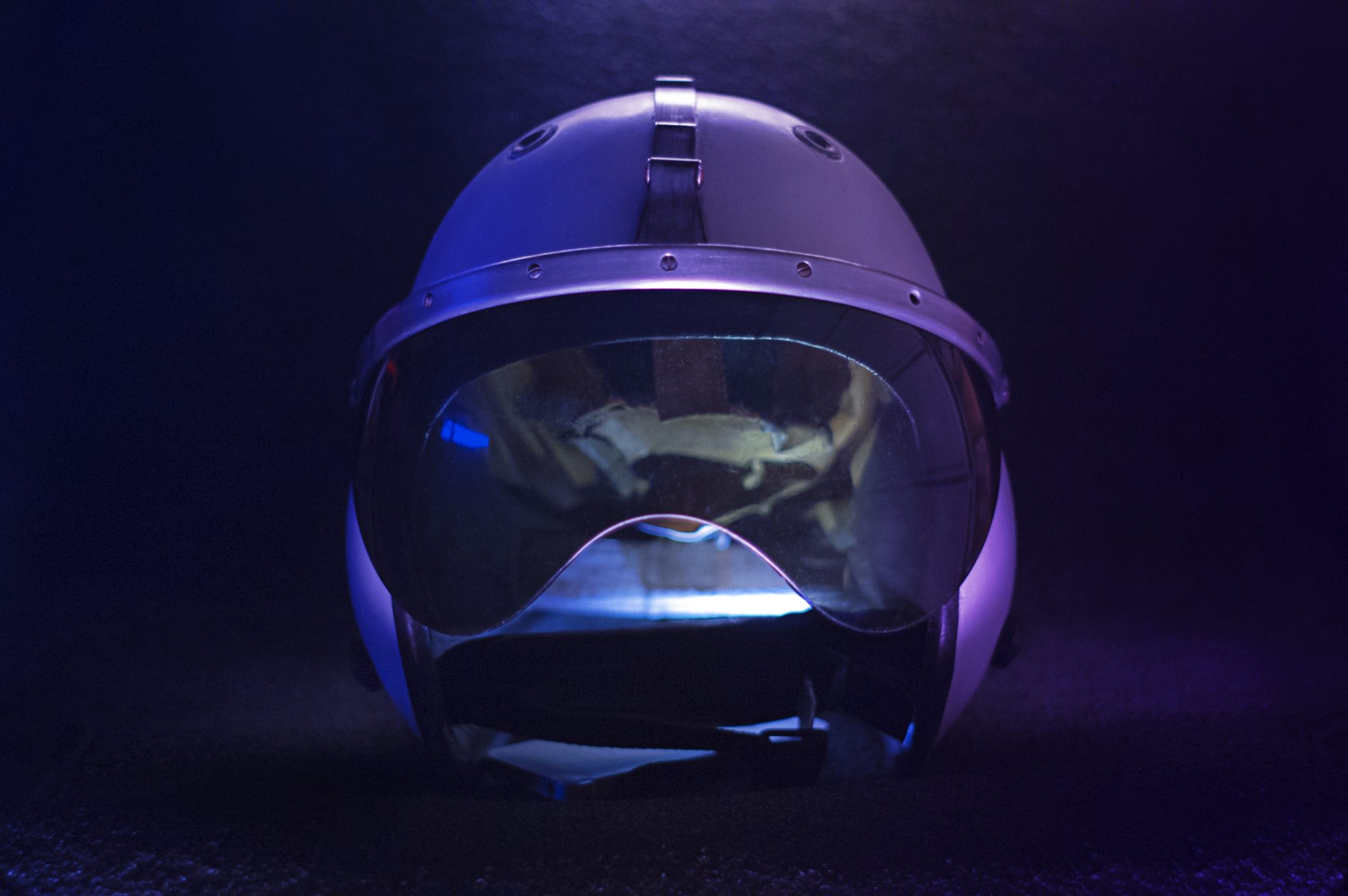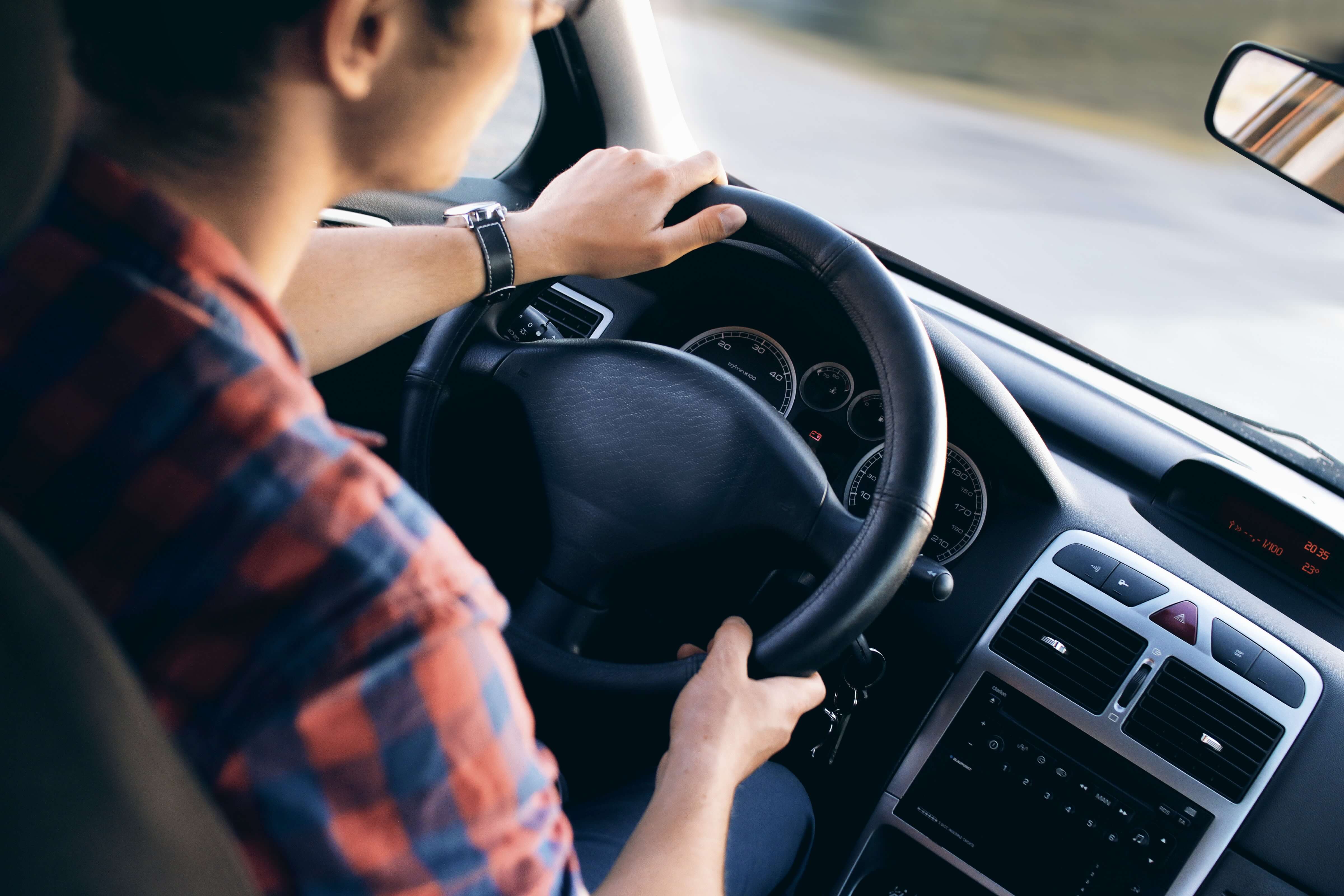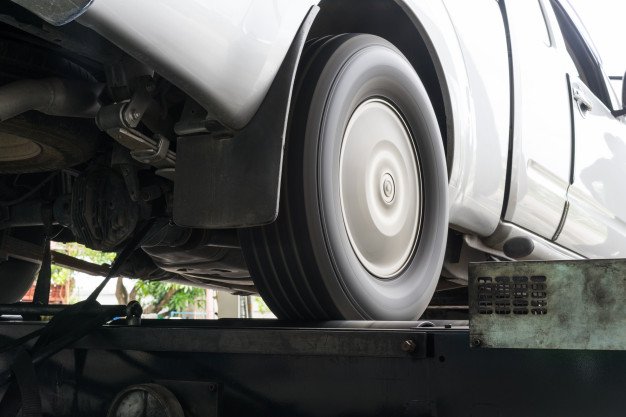Owning a quality automobile provides you with the freedom to navigate the continent. And keeping your vehicle running like new and performing like a champ makes the journey that much better. Yet, many car owners neglect to consider some significant and inexpensive upgrades that they can make to improve the value, performance, and comfort of their vehicles. Let’s consider the things you need to have on your checklist for your car below.
Things You Need To Have On Your Checklist For Your Car:
#1. Laser-Measured Rubber Floor Mats:
Like the floors in your home, the carpets of your vehicle take the brunt of the damage. Many car interiors are light-colored and will stain super easily. When you purchase custom laser-measured rubber floor mats, you can keep those carpets looking like new forever. Most car owners don’t realize that their carpets are backed with jute padding to absorb sound. This padding material will absorb moisture, grow mildew, and stink if you don’t invest in quality floor mats.
Most factory floor mats are made out of cloth. Not only are they difficult to keep in place but they also do very little to protect your carpets from water damage. The water will carry the grime that you pick up off the roads into your car and embed it deep in the fibers. It can take a professional carpet shampoo and steam cleaning to restore the appearance of soiled carpets.
#2. Seat Covers:
Your seats also take a beating. Unless you have rich leather interiors, you should invest in high-quality seat covers to limit damage and wear. Quality neoprene seat covers help to keep your car cool in the summer and retain body heat in the winter. They are also fireproof and waterproof. This means that you can drop a lit cigarette on them or even a drink without staining and ruining your expensive upholstery. Every driver who values their automobile should have a set of high-quality seat covers.
#3. Performance Air Filter:
One of the biggest hurdles that your engine faces is drawing in enough oxygen to promote proper combustion. Not only does a clogged air filter reduce the responsiveness of acceleration but it also reduces fuel efficiency. This inexpensive upgrade can add a few horses to your powertrain and save you the need for constant checking and cleaning of your factory air filter. It is unclear why everyone hasn’t upgraded.
#4. Quality Tires:
When it comes to cars, there is no single item that faces more wear than tires. Tires are constantly generating heat from the friction created by road contact. If you don’t have a set of high-quality tires, the tread will wear down quickly and maybe unevenly. Finding the right tire for your driving needs such as a touring or fuel saver tire can make a big difference in the way your vehicle handles and uses gas.
The higher-quality tires don’t produce any road-noise, vibrations, or handling issues. They will run great in water, light snow, and even absorb some of the uneven textures of the road. You can purchase a new set of tires and have them installed at Black Label Automotive. They will match you with the ideal tire for your needs and remove the guesswork.
#5. Tune-Up:
Today’s modern vehicles don’t have to be tuned up with adjustments as they did in the past. Most of the sensors and operations of the engine are fully automated and require no adjustments to restore optimal performance. However, there are certain wear items that are commonly known to cause performance problems. You may need spark plugs, coolant temperature sensors, or oxygen sensors replaced every so many years. In addition, the fuel filter will need replacement every 3 years or so. Many drivers see significant improvements when they clean their fuel injectors and throttle bodies.
#6. Window Tint:
Window tinting was once more popular until laws were passed to prevent people from fully tinting their vehicles. Tinting provides valuable protection from UV radiation and heat in the summer. Thanks to the new nano-ceramic tints, you can obtain the same level of protection without the big black film. This nano-ceramic tint is a nearly invisible clear coating that goes on the interior of your windows. It blocks out almost 100 percent of the UV radiation and protects your skin and interior from sun damage.
Read Also:











